DECODING DESIGN | ART DECO
Bring in a bit of the Great Gatsby lifestyle, surrounded by luxury, great jazz and flamboyant style.
Les Art-decoratifs was one of the most fashionable modern visual arts movements in history that gained momentum at the close of World War I. The austerities and tragedies of the war gave birth to a desire for gratification, ostentation and a moving away from tradition and conformity.
The soft organic feel of previous styles was challenged by Bauhaus, Picasso’s Cubism and the technological advancements of the machine age. These strong no-frill influences combined with Hollywood glamour and the sheen of metal, glass and smooth surfaces gave birth to the confident yet opulent style of Art Deco.
Designers drew influence from myriad sources and periods, such as the ancient Egyptians, American Indians, and the industrial age.
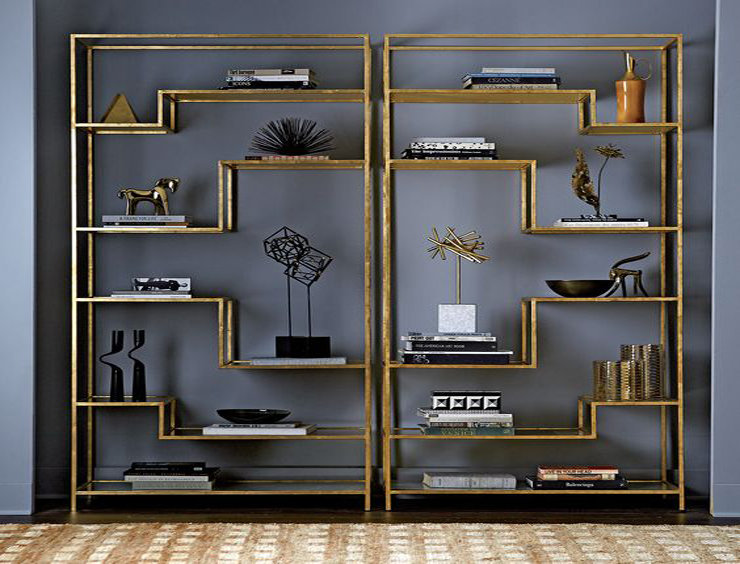
WHAT ART DECO STANDS FOR | Forms were streamlined, symmetrical and linear, often with long sweeping curves and embossed with audacious geometric shapes and metallic low relief designs. Colors were bold and solid. Chevrons, ziggurats, stepped, floral and sunrise patterns were a trademark of this style. Motifs that reflected technological progress such as planes and skyscrapers were also seen.
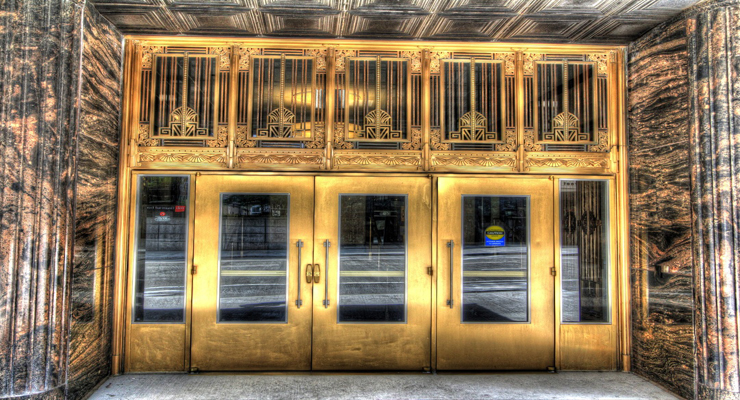
Buildings were simple but monolithic, only their facades and most visible areas ornamented with linear forms and embellished with gilded metal work. The result was extraordinary. Architects and designers across the planet adopted this style to create, build and decorate. It was a practical style of making buildings look fashionable and expensive.
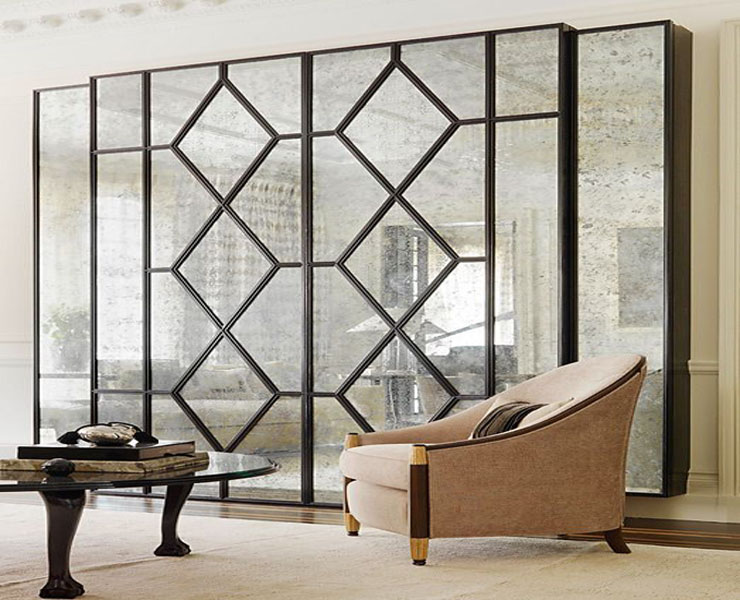
Decorative materials included jade, crystal, silver, snakeskin, mother-of-pearl, and ivory. Highly polished furniture, exclusive wood (ebony, mahogany, and walnut) crystal lighting, mirrors, enamel and rich fabrics were used in interiors. Marquetry, painstaking inlay work was used as veneers.
Post the 1930’s, expensive and authentic materials were replaced by chrome-plated steel, cheaper veneer, shiny paints and plastics to cater to mass production and the growing middle-classes, who aspired to be glamorous like the Hollywood celebrities.
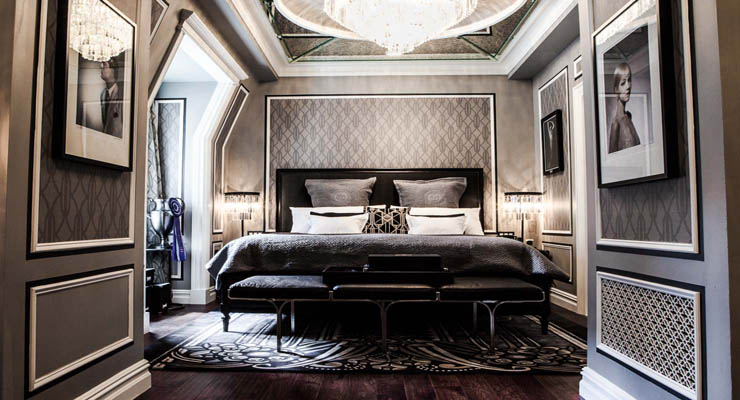
ART DECO IN INDIA | Art Deco was almost brought to an end by the lack of funds at the onset of the Second World War in 1931, were it not for the likes of the fabulously rich Indian royals.
The kings of India, specifically Maharajas of Morvi and Jodhpur, had the architects and designers of fame bring their talents to our subcontinent, and Art Deco flourished here as it waned in the West. They became patrons and commissioned palaces, furniture, and decorative items.
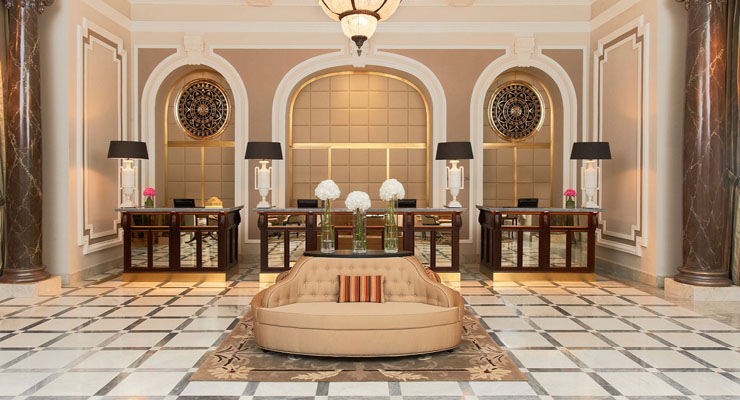
It’s important to mention that other than the royals of India, foremost architects of the time, Indian as well as the likes of Edward Lutyens, were hugely influenced by Art Deco. Houses in Kolkata and Delhi, buildings in Chennai and even small towns outside of our major cities have fine examples of Art Deco. Most of the exquisite furniture at Rashtrapati Bhavan borrowed from this style. Mumbai has the second largest number of these classic buildings in the world after Miami.
Today, luxury interiors are hugely inspired by Art Deco. The use of glass, veneer and glossy metals in gold and silver is widespread among brands that personify luxurious interiors. Its irresistible glamour has ensured that Art Deco also remains a source of inspiration for jewelry, fashion, and home decor. Here is how you can bring Art Deco elements to your home.
At www.iflauntme.com we take great effort to credit all visual content to the source and the rightful owners. However, we can’t guarantee that we always get it right. If you feel we have erroneously identified your image or would like it removed, please get in touch. Our images come from a variety of sources, including Pinterest, Google Images and, of course, directly from the source.

Comments